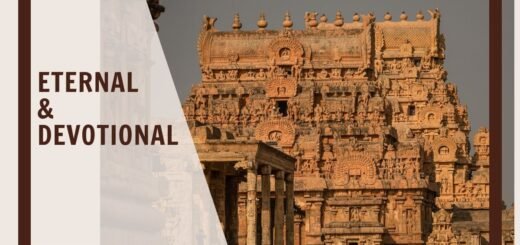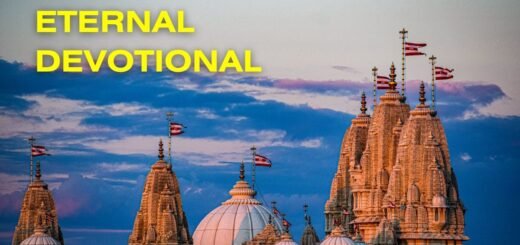Maharashtra Ganpatipule Temple Details Complete Guide
Know the details about Maharashtra Ganpatipule Temple Details Complete Guide, Ganpatipule Temple complete information guide
There is a town called Ganpatipule that may be found in the state of Maharashtra, situated on the coast of the Ratnagiri district. The town is a renowned destination for visitors and Hindu pilgrims alike because of the Ganpati mandir that it contains. With Chiplun town positioned on its northern side, the town is located close to Ratnagiri city, which serves as the administrative center of the district that bears its name. See below to get the details about Maharashtra Ganpatipule Temple Details Complete Guide
Click here to get Shiva Ashthakam Lyrics
Click here to get the Akshardham Temple Delhi Rooms Booking Online Procedure Cost Timing
Maharashtra Ganpatipule Temple Details Complete Guide
Why is the Ganpatipule Temple more famous?
The Ganpatipule Temple is the only one of its type and occupies a significant position in Hindu culture due to the fact that it is one of the eight Ganpatis, also known as the Astha-Ganapatis.
In addition to being one of the most distinctive features of this temple, the dwelling of Ganesha is referred to as “Swayambhoo,” which means “self-incarnated.” The “Aadhya-Devatas,” also known as the “Initial deities,” are the only ones who are able to experience the notion of being self-embodied. Each and every one of these ‘Swayambhoo’ deities is a component of this everlasting essence.
Consequently, they do not need any further carving or sculpturing to be done. They are nature in and of themselves.
Unlike the deities in other Indian temples, which face east, the ‘Swayambhoo Ganpati’ faces west. This is one of the reasons why he is also known as the “Paschim-Dwar-Devata” or the “Paschim-Dwarpalak,” which literally translates to “Western Sentinel God.”
Maharashtra Ganpatipule Temple Details Complete Guide
Ganpatipule Temple opens in the morning at 5:00 AM and closes at 8:30 PM
He is said to be facing west in order to safeguard the Western Ghats of India, according to the general consensus.
Every devotee who is able to see the captivating sight of the fountain that is spurting from the naval of Lord Ganesha on a normal monsoon day is filled with the ultimate divinity and purity.
Between the years 1998 and 2003, the temple was constructed in its current configuration. A particular kind of stone known as the Agra Red Stone was used in the building process so that it would seem as if it had been carved out of a single rock.
Maharashtra Ganpatipule Temple Details Complete Guide
What is the importance of doing Pradakshina in the Ganpatipule Temple?
The Ganpatipule temple may be found at the base of a tiny hill that is located along the coast. Because of this, pilgrims who come to this location think that they should take a “Pradakshina” around the hill rather than only visiting the temple. When one does the “Pradakshina,” they are often demonstrating their devotion to the Lord and their reverence for Him.
There is a massive main gate located at the front entrance, which is located to the north. On each side of the gate are two elephants with their trunks elevated slightly. In addition, there is a big bronze “Mushak” (mouse) that is located next to the entrance or gate. In Hinduism, the “Mushak” is considered to be the “Vahana” (carrier) of Sri Ganesh. It is normally present in all of His temples and is considered to be of great reverence.
It is thought that if a person has a want that may be granted by Lord Ganesha, then that person can whisper the wish into the ears of the Mushak and beg for the wish to be granted.


